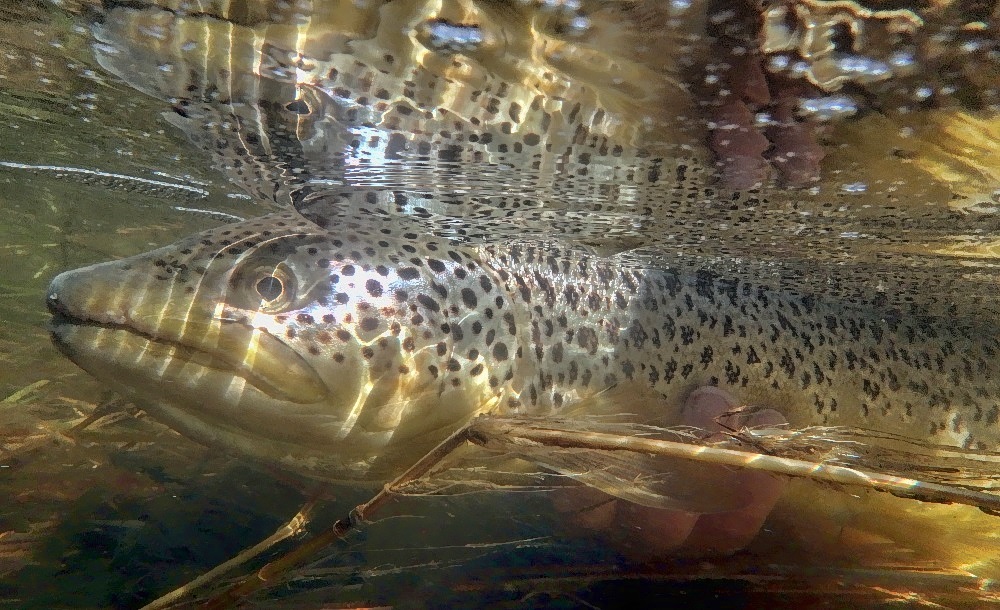Forgive my ignorance, but when would you use a midge tip over a floating or intermediate line?
Hi Andrew, sorry for the delay, it's been a busy few days.
Good question! ...... I think it would be fair to say that like most folk, I use a floating line for 90%+ of my fishing.
A Midge Tip for me is just a Sink Tip, but with a shorter intermediate sinking tip. So a Midge Tip might have a 3ft tip and a Sink Tip might have a 9ft tip. How long that tip is can affect how deep we fish our flies below the floating section of the line, unlike an intermediate line which will continue to sink when we pause until it finds the bottom.
When we retrieve an intermediate our flies usually come back in a straight line, or level plane. When we retrieve a midge/sink tip our flies are drawn upwards by the floating line on the surface, how much they rise usually depends on how fast we retrieve and on any currents/wind on the day.
In my experience, on lochs and stillwaters, there isn't much in the way of trout food that swims on a level/straight plane, with the possible exception of small fish? Most of the food tends to wiggle and rise and fall in the water? Buzzers tend to wiggle as they rise, pause and fall a bit, then wiggle and rise towards the surface again. Damsels do this too, they wiggle their body back and forth in an exaggerated manner and stop for a rest after a foot or so, sinking slowly while they rest. Some food darts about, like water boatmen, but they tend to dart up and down as well.
I like to think that I can mimic some of this with a floating line by retrieving a couple of feet at a time with a pause in between to let my flies sink again. Same with a midge/sink tip line, but a bit deeper in the water column depending on the length of the tip.
Apart from depth control, a midge tip can help to 'anchor' your flies in windy conditions, helping to keep them in the area that you were targeting for longer, rather than being swept round in an unnatural way by the arc of your floating line in the wind - this can often be a game changer on lochs and stillwaters in my experience.
I use a floating line for the vast majority of my river fishing. I have tried an intermediate line in the past but I find these hard work, I have practically no line control with an intermediate in running water, and they have a nasty habit of finding a rock or something to wrap themselves around.
But I quite enjoy fishing wet flies on a midge/sink tip line in streamy runs on the river ( I prefer the shorter Midge Tip for this ) as I find it helps to keep my flies sub surface and moving at a more natural pace, rather than being swept round faster by the downstream bow in the line. Unlike an intermediate, I find I have plenty of control with a midge tip and can mend the floating section of the line across the currents as required, helping to adjust speed and depth.
Hope that makes sense

Cheers
Mike

